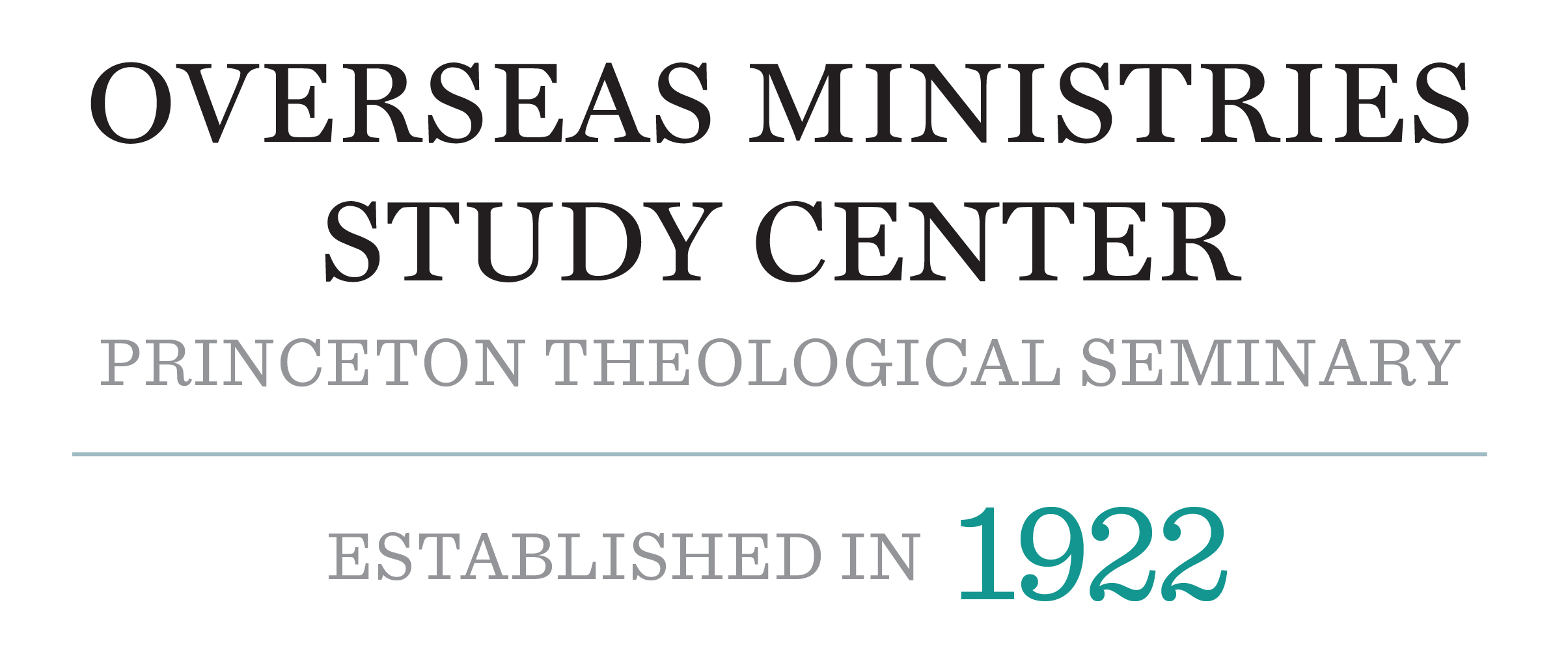By Todd Johnson – Co-Director – Center for the Study of Global Christianity
This post is part of The Occasional’s “Numbers and Trends” series, dedicated to sharing work, analysis, and perspectives from our friends and partners at the Center for the Study of Global Christianity based at Gordon-Conwell Theological Seminary.
Every year, billions of US dollars are stolen from money that Christians give to churches, para-church organizations and secular organizations all over the world. Applying findings on fraud from the Association of Certified Fraud Examiners (ACFE), it is plausible that in 2023, approximately USD 62 billion, or 6.6% of all funds given by Christians globally (USD 945 billion), was lost to fraud and embezzlement. This is, unrelatedly, USD 7 billion more than the total income (USD 55 billion) of global foreign missions.
Christian leaders and their organizations are not immune to embezzlement. In fact, Christians, like members of many other religious communities, are especially susceptible to affinity fraud— fraud exploiting the trust that exists within the religious community. Often in these cases, a trusted pastor or other leader makes a case for a remarkable profit on an investment. Though it is “too good to be true,” many still invest because they trust the leader. In the case of Ponzi schemes, the first investors receive their promised profits, but only at the expense of the later investors. These schemes collapse when enough new investors can no longer be recruited to make payments to the existing ones.

A prominent example of ecclesiastical crime is from one of the largest congregations in the world, Yoido Full Gospel Church in Seoul, South Korea. Founding pastor David Yonggi Cho was accused by church elders in 2011 of embezzling USD 20 million in church funds. Korean prosecutors began an investigation of Cho in 2013, alleging that he had directed church funds to be used to buy stocks from his son Cho Heejun at inflated prices. In 2014 a Seoul court found the elder Cho guilty of costing the church KRW13 billion (USD 12 million) in losses by directing church leaders in 2002 to purchase stocks from his son at three to four times their market value. He was also convicted of trying to avoid paying KRW 3.5 billion in taxes and ordered to pay a fine of KRW 5 billion. David Yonggi Cho was given a three-year suspended sentence by the court. Cho Hee-jun received a three-year sentence for colluding with his father.
Nonprofit organizations—especially those that begin as small, under-resourced volunteer-run organizations—face even tougher challenges in combatting financial fraud. Because they often focus on their mission rather than strong administrative practices, a neglect of financial concerns can easily result. This neglect can be exacerbated when they enjoy tax-exempt status, as in the United States. Nonprofits also tend to be more trusting of their employees, assuming that they share the organization’s philanthropic goals. Charities that experience embezzlement—and many do—try to handle it quickly and quietly to avoid ruining their reputations, undermining their work, and thus receiving fewer donations. Consequently, most nonprofit fraud goes unreported. Thus fraud in the non-profit sector might also be on the rise; consequently, these current figures could be considered quite conservative.
The following suggestions, gleaned from a variety of sources, can provide a framework for combating embezzlement.
- Take proactive measures. Organizations that have means for reporting suspected embezzlement (such as hotlines) tend to catch cases of fraud before they become massive. Other proactive measures include more frequent managerial reviews, internal (not just external) financial audits, and closer monitoring of the actions of employees (especially those with access to money).
- Know who has access to money. Whether on a single computer or a network, financial information should be accessible only by those who absolutely need it. Users should have unique identification numbers and be required to change passwords periodically. Only the appropriate leadership figures should be able to delete or change transactions.
- Provide financial training. Small groups lack the resources of larger organizations, but even a little training for managers and staff members will equip them in spotting ecclesiastical crime.
- Monitor employees (and volunteers). Most fraudsters are first-time offenders, so preemployment background checks are unlikely to catch potential criminals. Thus, continuous monitoring of individuals, no matter how much they are trusted, is necessary. This includes how people are spending their time or money (elaborate vacations, new houses, cars, etc.); unusual changes can be a sign of potential embezzlement activity.
- Provide education about the consequences of fraud for the individual, the organization, its mission, and its clients.
- Take action. If you suspect criminal activity, discuss it with an accountant, trusted friend, or business colleague. Most importantly, find an attorney who specializes in these cases before taking matters into your own hands.
- Have insurance coverage. This is critical for any business or organization with employees. Insurance coverage is a source— and often the only source— for recovery of lost assets.
For examples and methodology see Todd M. Johnson, Gina A. Zurlo, and Albert W. Hickman, ‘Embezzlement in the Global Christian Community,’ Review of Faith and International Affairs vol 13, no. 2 (Summer 2015): 74–84.




